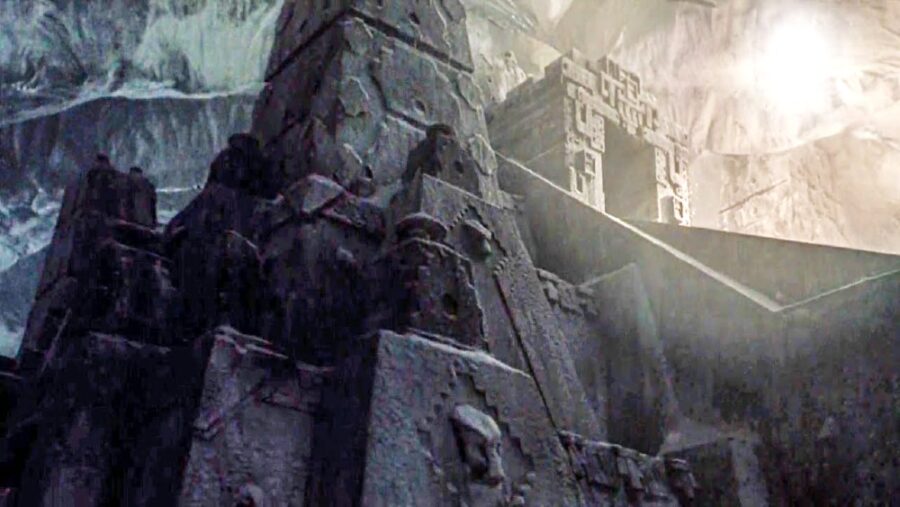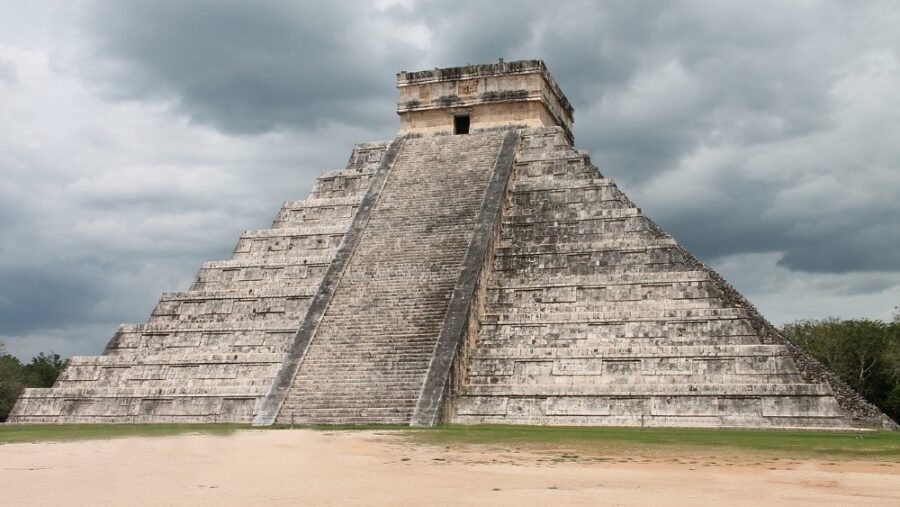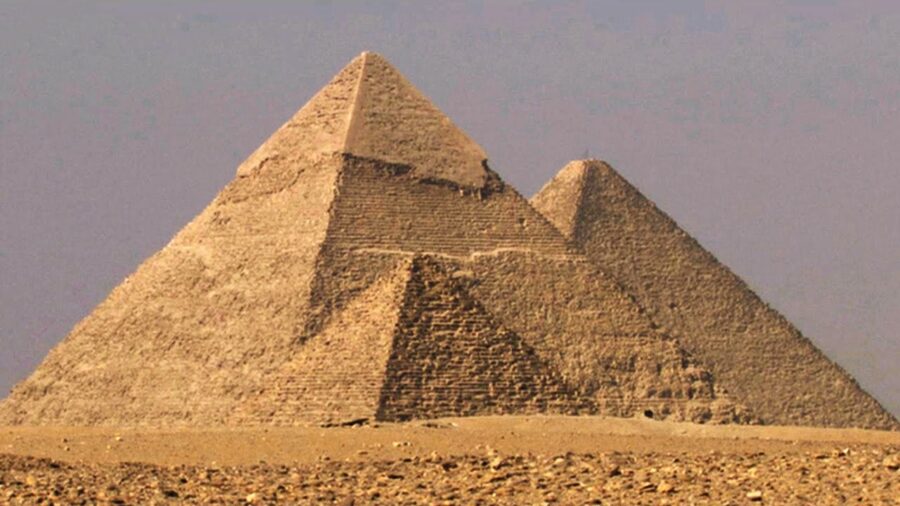Enormous Underground Pyramid Is The Oldest In The World?

An enormous underground pyramid has been discovered hidden beneath a hillside in Indonesia, and apparently, it’s older than everything above it. Science Alert reports that the subterranean structure known as Gunung Padang was built before Stonehenge, the Giza Pyramids, and just might be the oldest megalithic structure ever constructed by humans. Archaeologists have only scratched the surface of the site, but so far, the underground pyramid is proving to be a testament to the ingenuity of early humans.
What Might Be The Oldest Pyramid Was Discovered In Indonesia

Gunung Padang is potentially in the running for the oldest pyramidal structure on Earth. The hillside where the underground pyramid was discovered is located on the island of West Java. Indigenous locals hold Gunung Padang sacred and refer to the structure as a “punden berundak” a phrase that means “stepped pyramid” in their native tongue.
The Pyramid Was Found Underneath A Volcano

The underground pyramid was constructed on top of an extinct volcano—most likely before agriculture or civilization even existed. New data from scientists in Indonesia suggests that Gunung Padang could be filled with large open chambers, the contents of which they can only speculate upon.
After an extensive analysis, scientists have come to the conclusion that the underground pyramid was painstakingly sculpted out of lava by an ancient civilization. Radiocarbon dating of the site hints at the initial construction having begun during the last glacial period. That means the pyramid was built as recently as 16,000 years ago but possibly as far back as 27,000 years ago.
Gunung Padang Could Be Twice As Old As Gobeklie Tepe In Turkey

Gobeklie Tepe—a massive stone assembly found in Turkey—is the current holder of the “oldest known megalith” title with an age of 11,000 years. Gunung Padang could prove to be twice that old or older depending on what further research turns up. Just for some perspective, the Great Pyramid of Giza—the pyramid most people think of when they hear the word—is only 4,500 years old. A baby compared to Gunung Padang.
Archaeologists Began Unearthing Gunung Padang More Than A Decade Ago

This current study on Gunung Padang comes after many years of careful analysis by archaeologists, geologists, and geophysicists. From 2011 to 2015, a team led by geologist Danny Hilman Natawidjaja employed a variety of techniques, including core drilling, ground penetrating radars, and subsurface imaging, to probe the site of the underground pyramid. Natawidjaja and Co. found that the underground pyramid runs deep underground—almost 100 feet underground at its deepest point.
The team theorized that the core of the structure was built somewhere around 25,000 to 14,000 BCE, with further construction taking place between 6000 and 5500 BCE. The final part of the structure was added relatively recently, around 2000 or so BCE, and is the part of Gunung Padang that is the most visible today.
The Team Is Hard At Work Uncovering More Of Gunung Padang And The Secrets Buried Within Its Chambers

Researchers say further excavations are required to fully understand the prehistoric people who built Gunung Padang and why they chose to construct the underground pyramid in the manner in which they did. A probe using seismic charges revealed evidence of hidden cavities deep within Gunung Padang, some up to 50 feet long with ceilings 33 feet high. The team is hoping to drill down to those cavities soon and find out just what’s down there.
Could The Existence Of Aliens Be Buried Within?

Meanwhile, anyone who’s seen the 2004 movie Alien vs. Predator already has a good idea of what’s inside Gunung Padang. The film featured a similar hidden underground pyramid that turned out to be a breeding ground for xenomorphs constructed by the Predators as a fun little hunting challenge.
We’re not saying Gunung Padang is full of face huggers, but if those researchers find any eggs in those secret chambers, we would highly recommend they don’t go anywhere near them.












